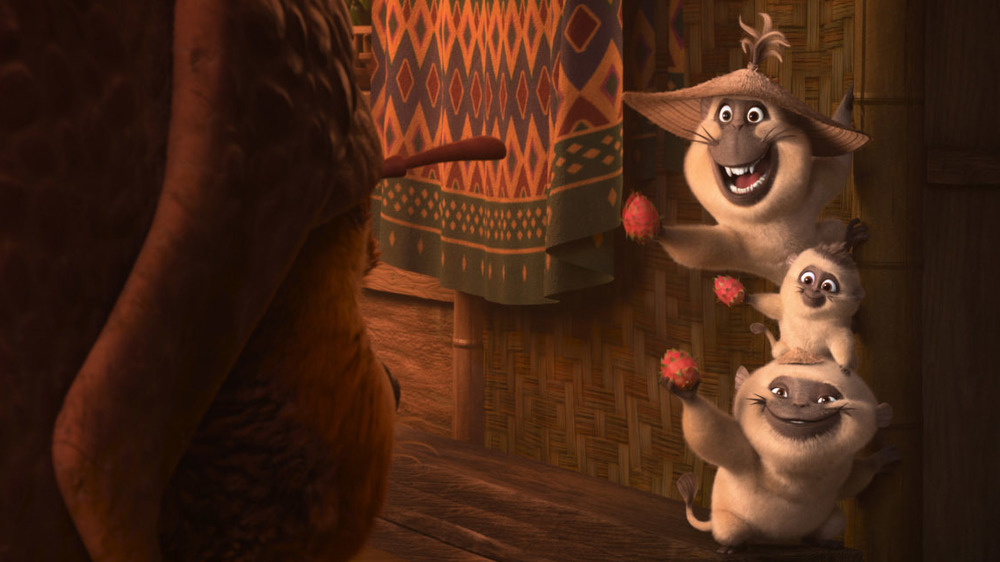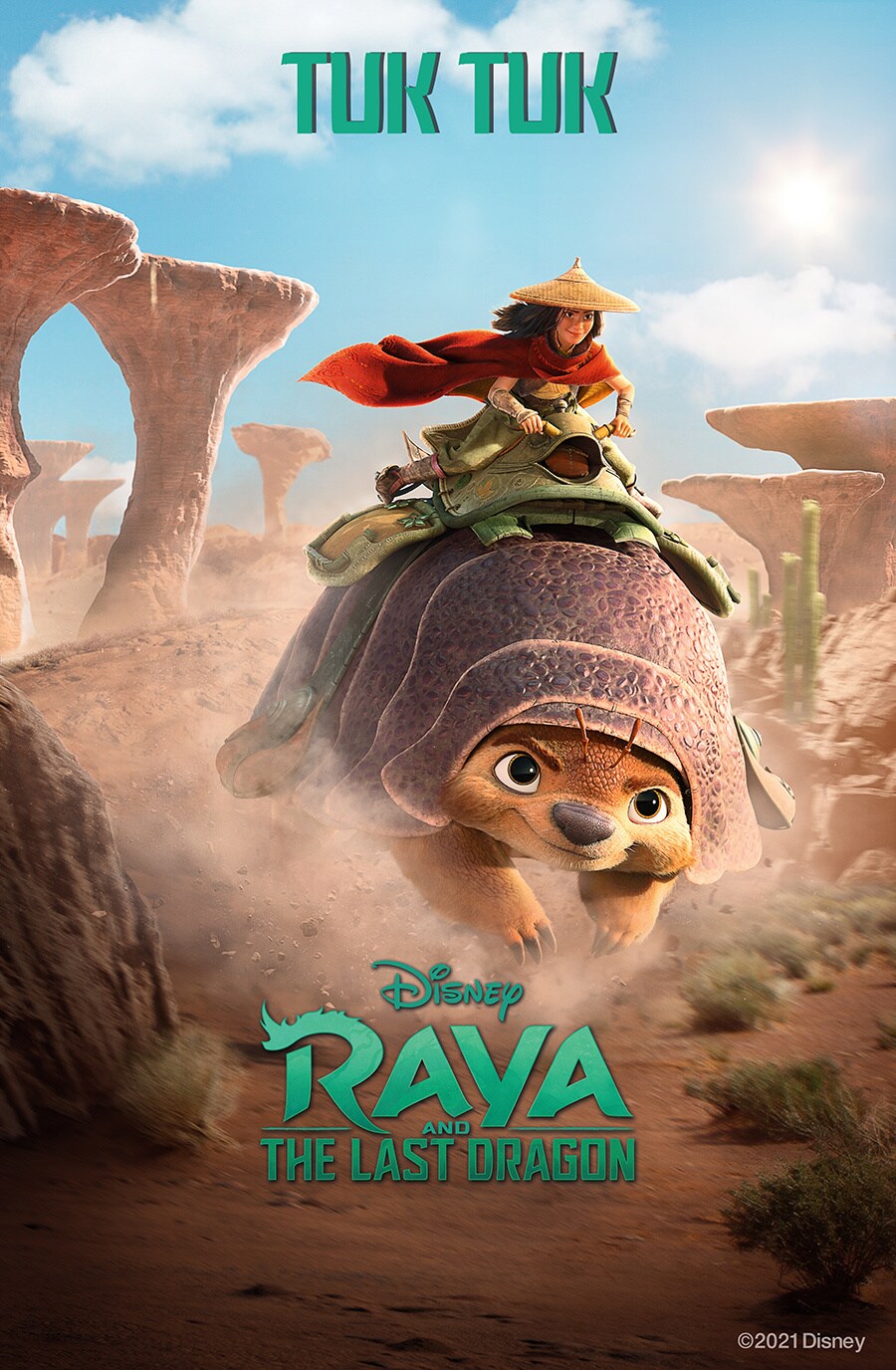
As villains, the Druun fail to spark genuine fear or interest. The origin of the Druun is not explained, nor is it clear whether or not they are sentient. Unlike its predecessor, Moana, which also employs ancient folklore and a hero’s journey centred around a magical object, Raya features far less explanation, symbolism, and depth linking the foregrounded lore with the heroine’s journey. Following the reemergence of the Druun, Raya’s journey begins to reassemble Sisu’s broken gem and unite the divided nations once again. Five hundred years later, the once unified land in a fictitious reimagining of Southeast Asia dubbed “Kumandra” has split into five regions. Facing the threat of evil spirits called the Druun, which have turned both humans and dragons into stone, the last remaining dragon, Sisu, creates a magical gem that banishes the Druun and revives the humans. In ancient times, dragons used to live among humans. The film begins with a retelling of the region’s lore.

#Raya and the last dragon baby noi movie
While there is certainly critique to be had for the archetypal narrative of the hero’s journey, the laziness with which this archetype was executed in Raya and the Last Dragon was even more upsetting given the high expectations placed on this movie as the first Southeast Asian animated movie of this scale. Each undertake a hero’s journey where they gather an unlikely group of companions to complete their respective quests and bring about peace to their nation (Campbell 2003). Some examples include Pocahontas, Princess Jasmine and Aladdin, Tiana, Lilo and Nani, and Hiro from Big Hero 6 (Don Hall and Chris Williams, 2014). Perhaps it is this parental loss that results in the child becoming quite rebellious and precocious-often placing them in de facto leadership positions. Like many Disney animated narratives with BIPOC lead characters, the protagonist is orphaned or missing a parent. Unfortunately, aside from the occasional moments of queer sexual tension between the protagonist and her foil, there are not many positive points of feedback. Also, Raya’s dad, Benja? Undeniably hot (Buchanan 2021 see Fig.

Throughout the movie, people, animals, clothing, items, architecture, and even the changing natural environments are filled with vivid colour and texture. The movie’s prologue, which features two-dimensional illustrations evocative of toy theatre, was especially notable for its impeccable art style. However, we will give credit where it’s due and note that the animation of this film is visually stunning and detailed.

We are sad to report, however, that our high expectations for the film were unfortunately not met. As two Asian media scholars, we too were excited to watch Disney’s first animated movie located in Southeast Asia. While maybe typical industry practice for the 90s and 00s, it no longer feels acceptable in this age of #OscarsSoWhite and #ChangeHollywood for this lack of so-called production staff representation.įollowing these social movements and the rising global popularity of Asian films and media, there has been much buzz of anticipation around Raya and the Last Dragon. There has also been a notable lack of these communities’ presence behind the scenes as writers, screenwriters, and directors.

Many of these films have been criticized for telling the stories of racialized communities without casting voice actors from those communities for the leading roles. While these films have ascended to global and cross-generation recognition, they have received their fair share of criticism. The titular character, Raya, joins the ranks of their other princess-of-colour from the Disney canon including Tiana from The Princess and the Frog (Ron Clements & John Musker, 2009), Jasmine from Aladdin (Ron Clements & John Musker, 1992), and the titular characters from Pocahontas (Mike Gabriel & Eric Goldberg, 1995), Mulan (Tony Bancroft & Barry Cook, 1998) and Moana (Ron Clements, Don Hall & John Musker, 2016). Eighty-four years after its first animated feature film, Snow White and the Seven Dwarfs (David Hand, 1937) and fifty-eight movies later, Disney finally has its first Southeast Asian princess with Raya and the Last Dragon (Paul Briggs, Don Hall & Carlos López Estrada, 2021).


 0 kommentar(er)
0 kommentar(er)
